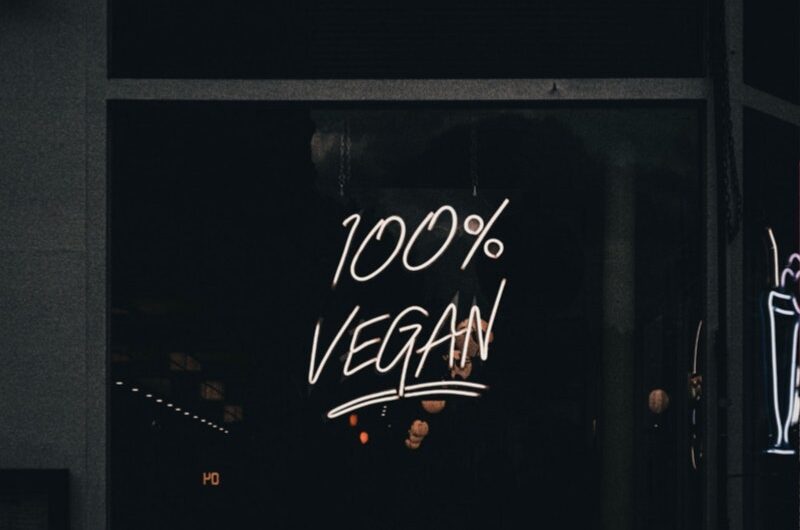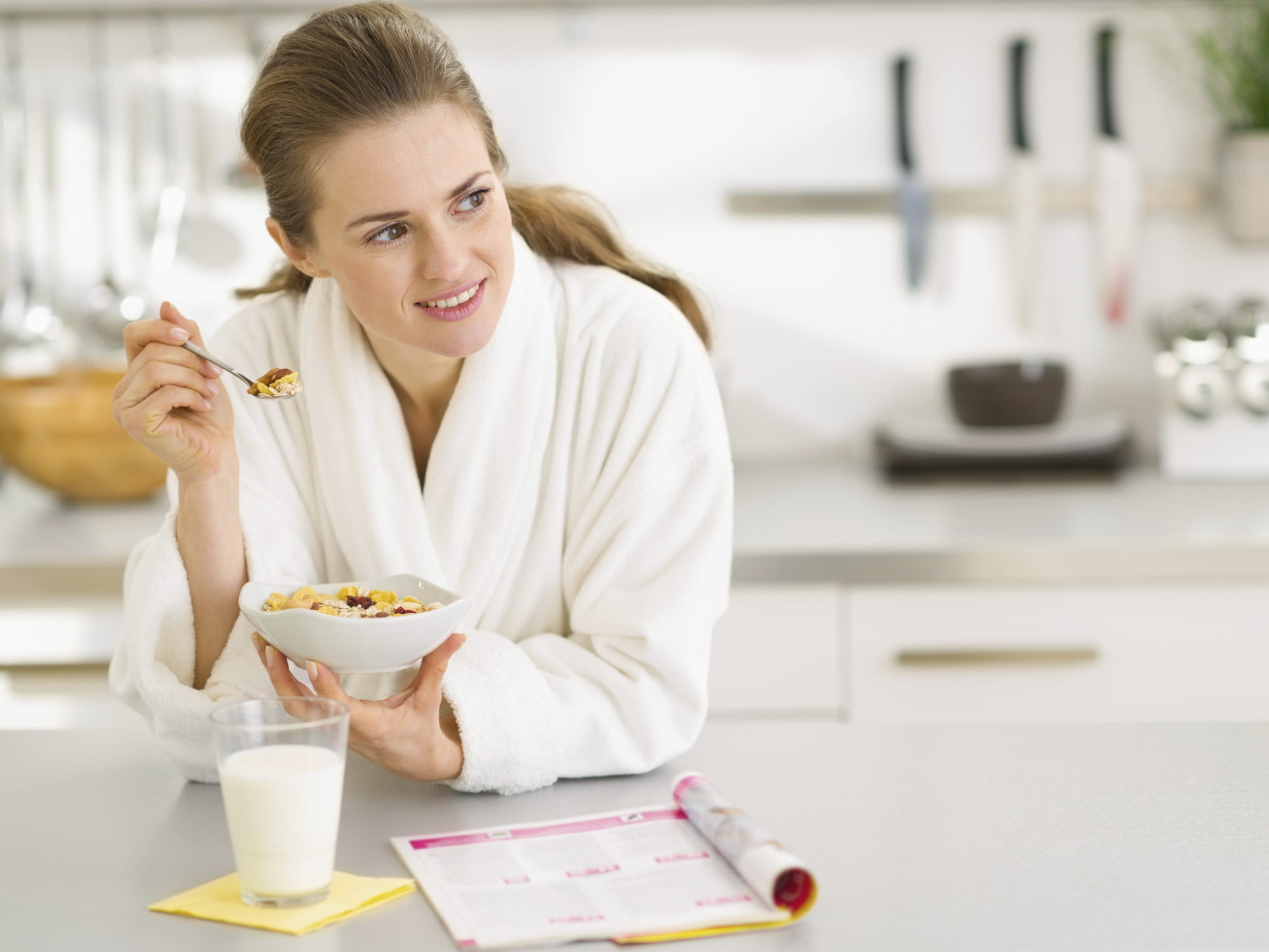Going vegan is one of the best things you can do for your own health and the health of the planet. But making the switch to a plant based lifestyle can feel challenging. Animal byproducts are used in so many mainstream consumer products, and animal testing is still discouragingly common. What’s an aspiring vegan to do?
We’re here to help with a step-by-step approach to transitioning to a vegan lifestyle, transforming your approach to beauty, nutrition, and fashion.
Beauty
Switching to vegan beauty products all starts with learning how to read your labels. There are a ton of different terms you might see used on your beauty products, such as vegan, cruelty-free, or ethical—but there are certain key phrases and graphics to look out for that will really tell you whether or not a beauty product is compatible with your new lifestyle
If a product says it contains no animal ingredients, it may still use animal testing or used animal derived ingredients such as carmine or silk. On the other hand, if a product simply says cruelty free, it means that no animal testing has been used, but it still may be made using animal sourced or derived ingredients.
Instead, you’ll want to keep an eye out for products that are both cruelty free and vegan, which indicates that a product has been created without harming animals in any way. Certifications such as the leaping bunny are indications that a brand is certified animal friendly, and likely aligns with your values.
A good way to make sure a product meets your needs is to make the switch to vegan brands, that formulate all their products to meet your ethical standards. Simply google whatever product category you’re looking for plus the term vegan to find vegan alternatives for your favorite hair, makeup, and other beauty products.
Nutrition
It’s easy to avoid obviously non vegan food products like meat, cheeses, or animal milks, but if you’re not making everything from scratch you might be surprised at the sneaky way animal products have of getting into shelf stable, processed, and restaurant foods.
There are a few big offenders you’ll want to keep an eye out for, such as casein, which is derived from dairy but sometimes used in dairy free products, isinglass, which is derived from fish bladders and used to clarify beer and wine, and L. Cysteine, which is sourced from feathers and used in many kinds of packaged bread.
Make a habit of reading your labels and googling any ingredients you don’t recognize to make sure they aren’t sourced from animals. To be on the safe side as you start your journey, you might want to stick to packaged food and supplements that wear their vegan status proudly.
When you make a dietary change you’ll want to take supplements to make sure your body is still getting the nutrients it needs, but many vitamins contain animal ingredients like gelatin. Find the right vegan vitamins by going with a vegan brand known for their plant phyto-actives and commitment to animal welfare. These cult favorite biotin gummies fit the bill, and are packed with all the essentials you need to keep your hair and nails healthy and strong.
Fashion
We mostly think of veganism as being concerned with what we put into our bodies, but what we choose to wear is just as important as what we eat. Building a cruelty-free wardrobe starts with minimizing your consumption.
Buying new clothes has a major impact on mother earth, so stick with what you’ve got, figuring out new ways to style old pieces to keep them feeling fresh. Clothes swaps, neighborhood buy nothing groups, and secondhand shops are also great places to score a wardrobe makeover while minimizing your impact.
When you do add new items to your wardrobe, keep an eye out for common non vegan fabrics such as wool, silk, cashmere, angora, and down feather filling in jackets and coats. Leather and fur are obvious no nos, and you should also be aware that some ingredients used to treat vegan fabrics may be sourced from animals, such as lanolin, beeswax, and keratin.
Also, make a point in investing in higher quality pieces that last longer, even if they cost a little more. Fast fashion has a major negative environmental impact that’s not so great for our animal friends.
By steering clear of these non vegan fashion standbyes and keeping your fashion purchases to a minimum you can build a cleaner, greener, and more sustainable vegan wardrobe that’s better for mother earth, and looks great too!
The Takeaway
Sometimes when you’re in the process of making the switch to a vegan, cruelty free lifestyle it can be tempting to throw up your hands and admit defeat. But don’t give up! By following this easy guide, you’ll be able to transform your diet, beauty regime, and wardrobe, the vegan way.
Latest Posts:
- Beauty Supplements Unveiled: Transforming Skin, Nails and Hair
- Time Saving Beauty Hacks for Busy Schedules: Look and Feel Your Best
- 10 Compelling Reasons to Make Shapewear Your Wardrobe Essential
- Gender-Neutral Fashion: Breaking Traditions, Embracing Diversity
- 10 Best Olive Oil Hair Masks for Strong and Shiny Hair
- Red Light Therapy Benefits and Uses for Skin, Hair and Health
- How to Create a Standout Brand for Your Beauty Business
- 10 Best Gifts for Women That are Perfect for Every Occasion
- Latest Trends in Men’s Jewellery 2023





